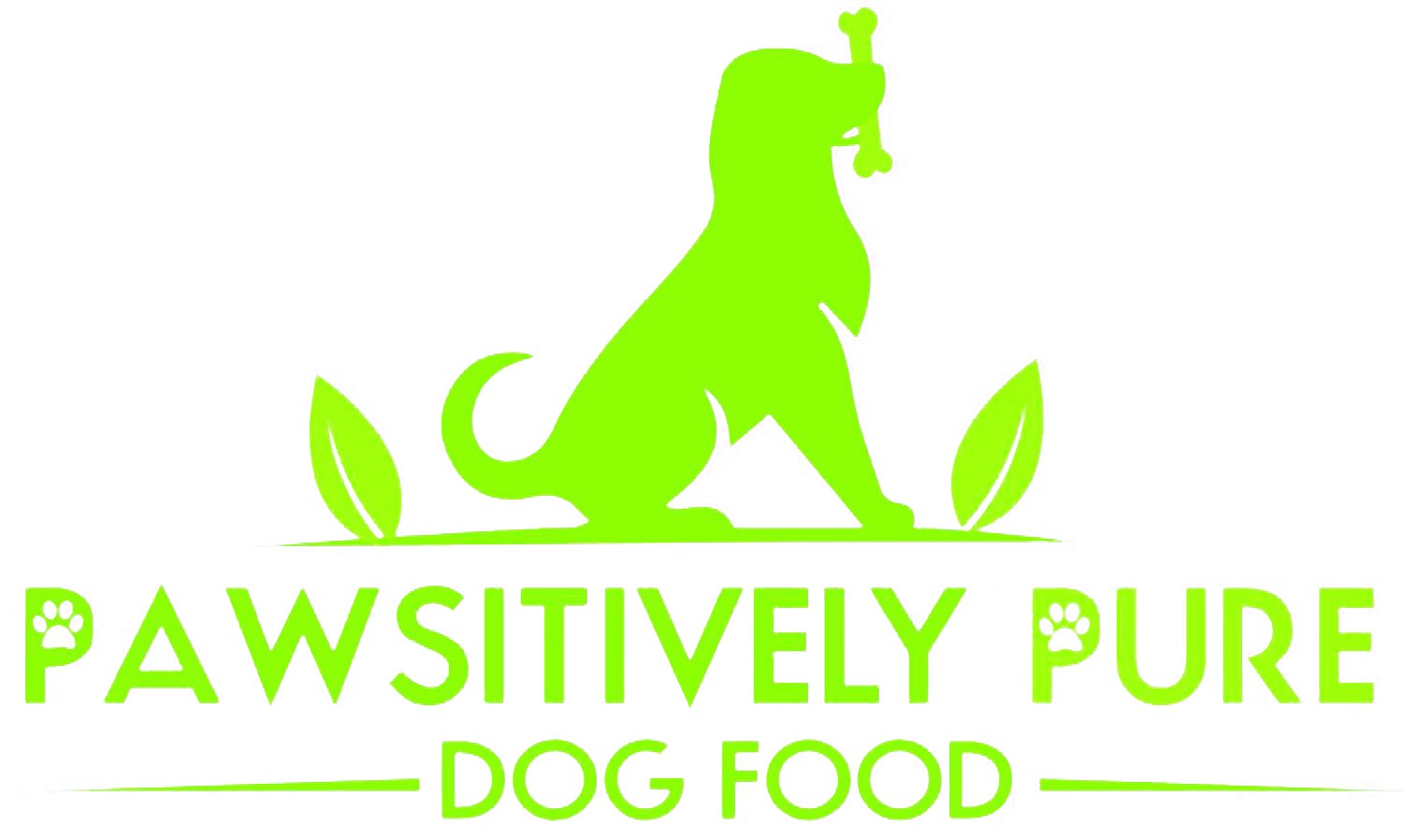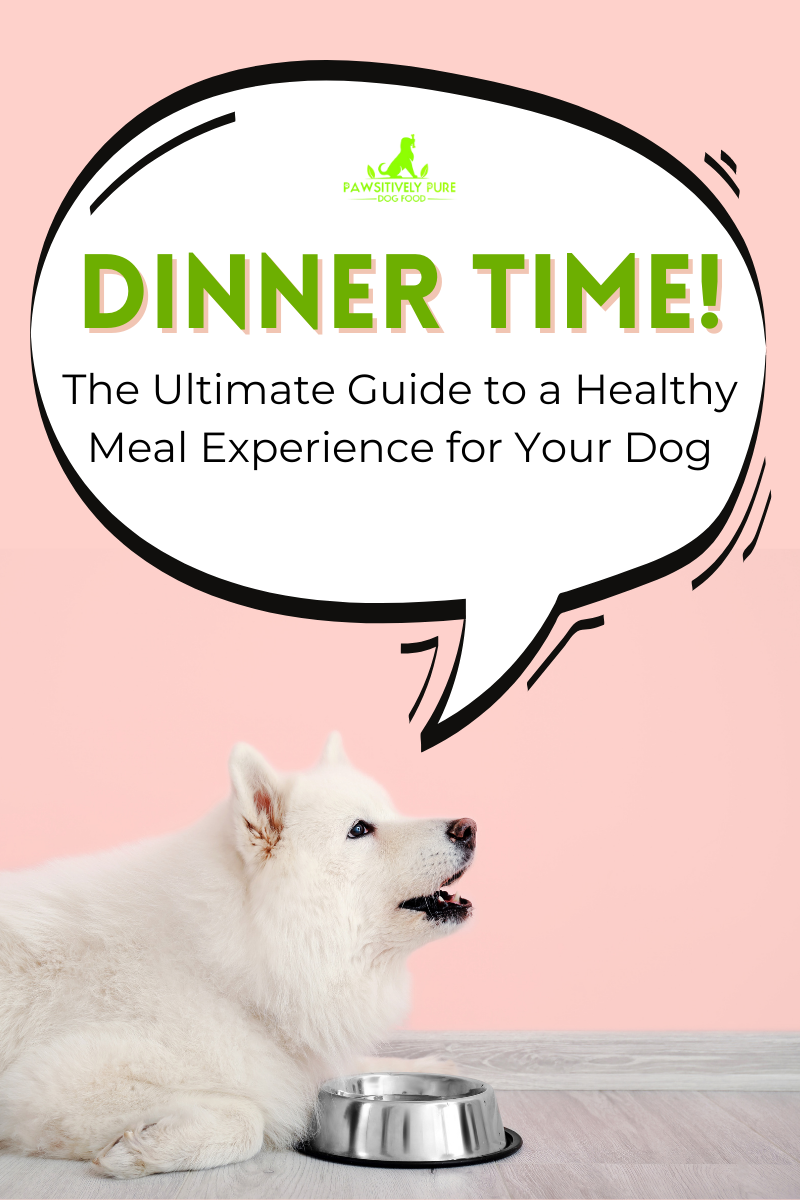More than a Simple Snack
If there’s one thing that everyone can agree on, it’s that dogs love treats. We love seeing our dogs’ tails wagging at the sight of a fresh biscuit, whether it’s a reward for learning a new treat or just a quick snack for being so darn cute. Treats come in many forms to suit our dogs’ unique preferences and tastes. From soft biscuits to bite-sized chews and even bites of fruits and vegetables, there are so many different tasty and satisfying options available when you’re looking for the right treats for your dog.
At first glance, it can be easy to draw parallels between a dog eating a treat and a human munching on a bag of chips: delicious, but ultimately not the healthiest choice. However, healthy treats play a much more important role in your dogs’ diets than a mindless munch. Treating with purpose helps you to reinforce proper behaviors, build a bond with your dog, and offers nutritional benefits beyond the food bowl. Let’s dive in.
Treats are training tools
First and foremost, treats are important tools to reinforce your training practices. Of all the incentives you can offer to a dog (i.e. toys, affection, etc.) food is the most exciting for your canine friends. As you train your dog to remember tricks or adapt to certain behavior patterns, be sure to reward them frequently when they do the right things.
A word of warning regarding treating to enforce behaviors: treating at the wrong time can reinforce bad behavior, as well. For example, giving your dog a treat while you eat at the dinner table can encourage them to beg for scraps every time you eat. Be mindful and conscientious about when and where you offer treats.
Treats help create a bond
Do you remember the last time your partner or a friend brought you a delicious dessert? You probably felt pretty fond of them at that moment, right? In a similar way, offering dogs high-value treats can establish a bond of trust and appreciation between you. Your dog will recognize that you love them because you give them snacks that they go absolutely wild about!
Treating can be a great way to welcome a new dog into your home, whether you’re adopting from a shelter or bringing home a puppy. Dogs need some time to get accustomed to their surroundings, and giving them delicious treats as they do can help them feel much more comfortable.
Treats offer nutritional benefits
Treats can help you sneak some extra nutrients into your dogs’ diets. If your dog eats kibble, offering small bites of blueberries or carrots can give them a little boost of freshness and wholesome nutrients. Even if you are feeding your dog fresh food, a good treat should contribute to their overall dietary and nutritional needs.
Some specialized treats are designed to target specific health concerns. For example, there are a number of treats on the market that help to combat bad breath. Others offer joint and digestive support for senior dogs. If you’re not sure what needs you should focus on, it’s a good idea to consult your veterinarian for their recommendations.
How to Treat Properly
Now that you know just how awesome a healthy treat can be, it’s time to learn the right way to incorporate treats into your dog’s diet. Choosing the best treats and learning when, where, and how often to offer them are all important factors in your treat regimen’s success.
Choosing the right treats
Just like it is with commercial dry dog food, some treats offer little to no nutritional value for your dogs. Always be sure you look at the ingredients list before you buy. If wheat flour and preservatives are at the top of the list, you should probably seek out a healthier option. Protein quality and the presence of artificial dyes and flavorings also indicate a treat with low nutritional value.
The great thing is that finding a healthy treat is simple. If your dog prefers cookies, try some fresh, natural dog treats with whole fruits and vegetables and no fillers. You can even offer your dogs a few bites of dog-safe fruits and vegetables, like carrots, sweet potatoes, or blueberries.
When and where to offer treats
We mentioned above that the wrong treating practices can reinforce bad behavior, which can be even harder to counteract over time. It’s important to offer your dog a treat immediately after they display the behavior you want. You also want to be mindful about where you offer treats – don’t offer them in spaces where they may cause mixed signals, like in the kitchen or near the dining table. Finally, if you have more than one dog, do not offer treats to both at the same time if either one is food or treat reactive. You want to only enforce the positive without creating any unintended consequences.
How often to treat your dog
According to Petfoodcare.com, treats should make up no more than 10% of your dog’s daily caloric intake. You should never use treats as a replacement for a meal. If you notice that your dog is gaining weight but you haven’t changed their diet, it may be a sign that you need to cut down on their treat allowance.
Treats Make Tails Wag
Finding a healthy treat for your dog that they can be excited about isn’t as hard as it may sound! Pawsitively Pure Dog Food offers gourmet, gluten-free dog treats that are packed with real ingredients like pumpkin, blueberries, and oats. If you want to learn more about our food and treats, follow us on Facebook or Instagram and send us a message!





